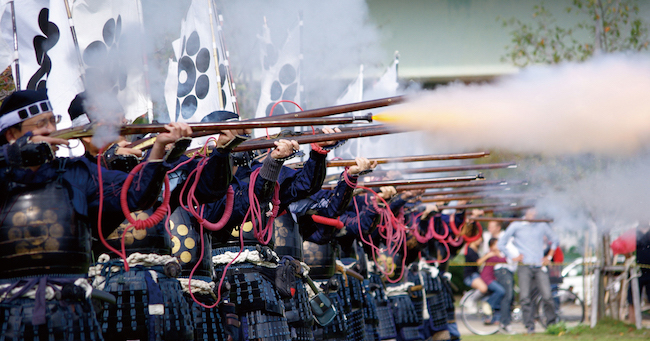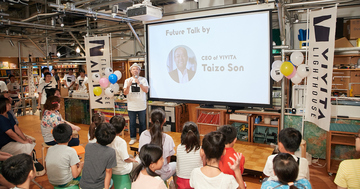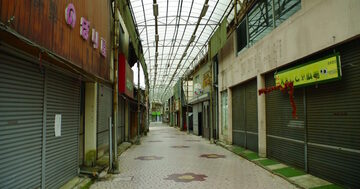 Infantry equipped with matchlock guns, which were an advanced technology in the Sengoku period (concept image)
Infantry equipped with matchlock guns, which were an advanced technology in the Sengoku period (concept image)
Last time, I spoke about spending time in both “your home base and the field,” and the importance of this as it relates to solving problems. Of course, the subject of “where things come from and where they’re put to use” is nothing new. This is evident even when looking at the actions of historical figures.
For example, take Oda Nobunaga, a feudal lord from Japan’s Sengoku period (approx. 1467-1603). He was fond of falconry, the art of hunting wild birds with the help of a trained falcon. Falconry was popular among Sengoku generals, playing a role similar to that of the games of today, but Nobunaga is said to have had additional motives.
When he was engaging in falconry, Nobunaga would traverse the hills and fields as he followed his falcon. In the process, he would get a look at every aspect of his territory’s terrain. Apparently, he was thinking about how to position his troop formations and where to stash his weapons in the event of war.
When it came time to wage war, Nobunaga would stand on the front line. He would also make camp on the field of battle and give orders from there, which is another example of how he put himself in the “field,” i.e., the place he and his armies put their resources to use in performing their life-and-death jobs.
Nobunaga also gave an important post to Sen no Rikyu. Although Rikyu is commonly associated with culture, and the tea ceremony in particular, he was actually an arms dealer from a merchant family from Sakai, near Osaka.
At that time, Sakai was governed by its townspeople. Trade flourished there. Matchlock gun technology found its way from Tanegashima to Sakai, where the guns were then mass-produced. Ultimately, Nobunaga got his hands on Sakai, the “home base” where cutting-edge technology came from, through Rikyu. It was because of these moves made behind the scenes that Nobunaga was able to excel at using battle tactics that ingeniously took advantage of the topography, and to decimate enemy cavalry with infantry equipped with firearms.







